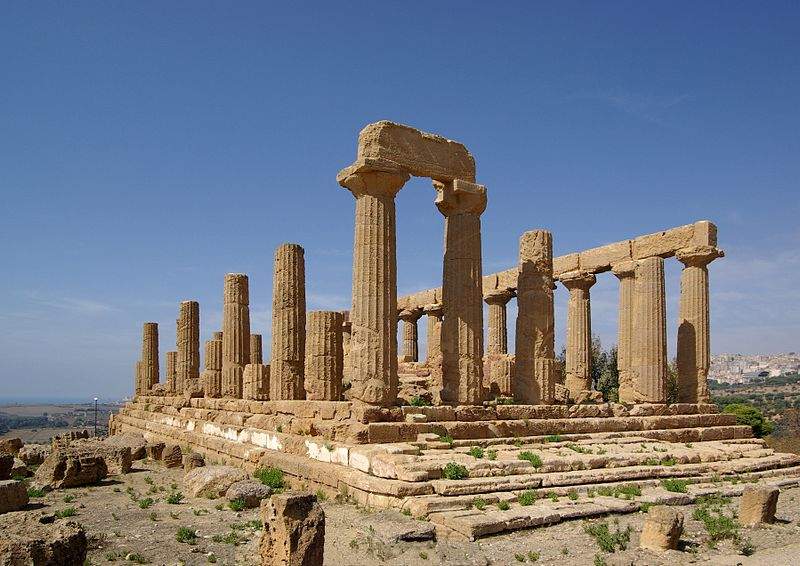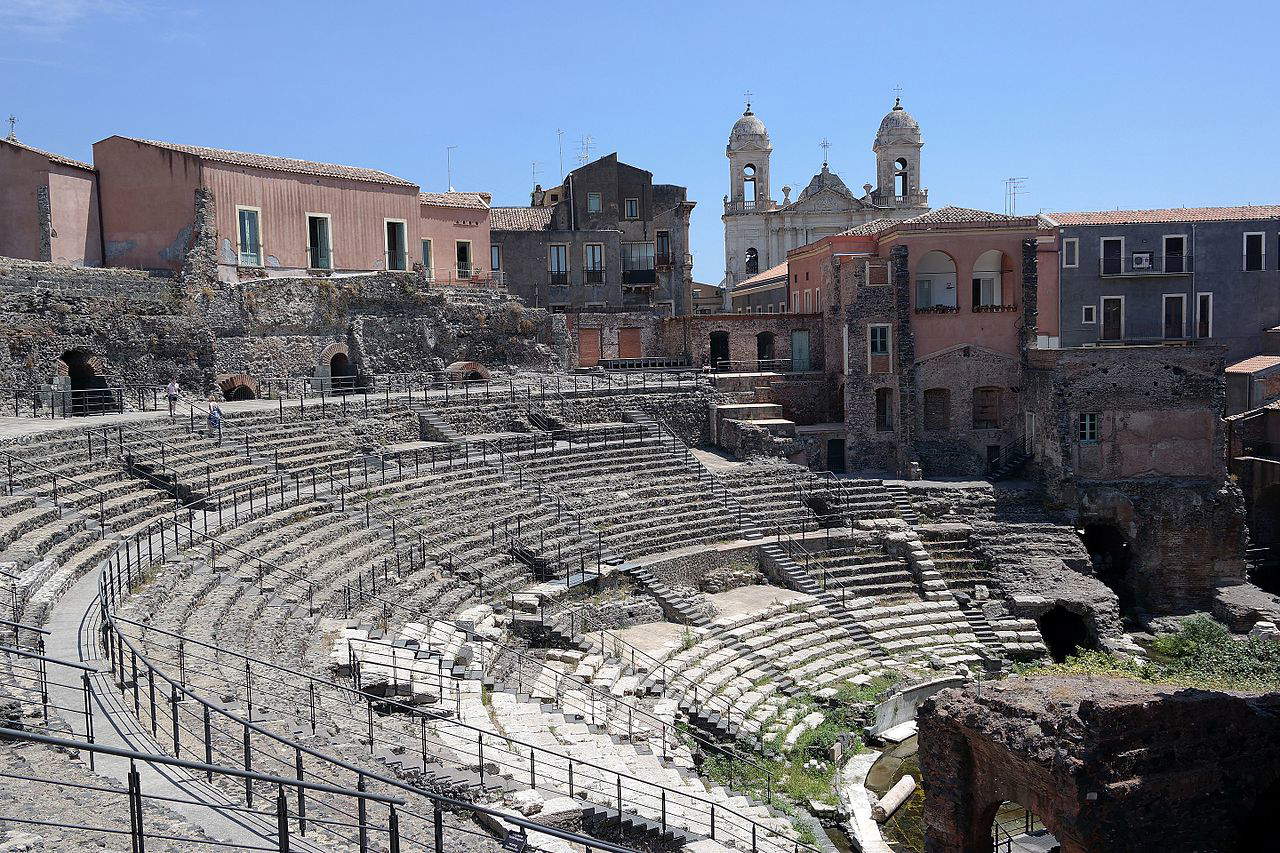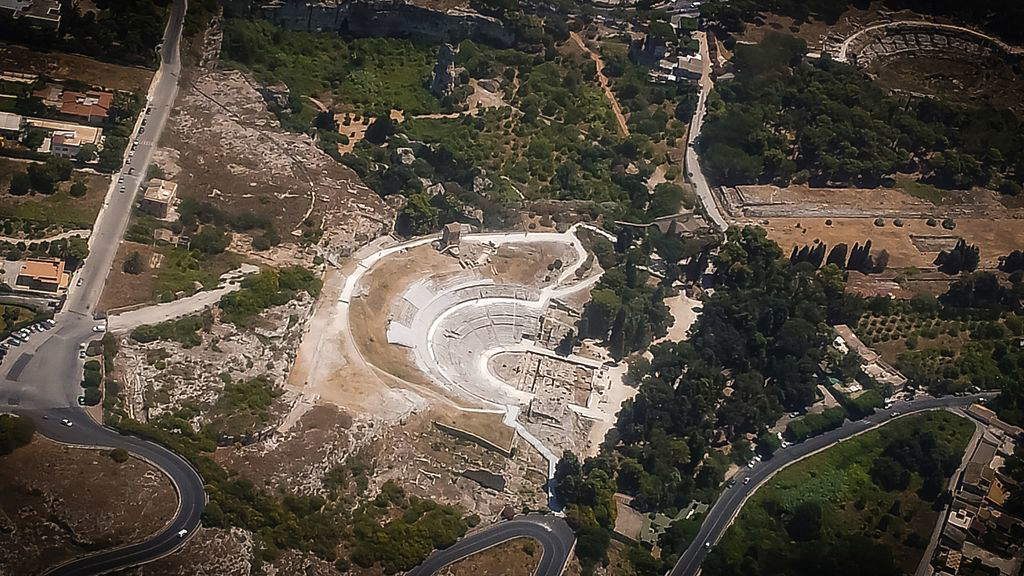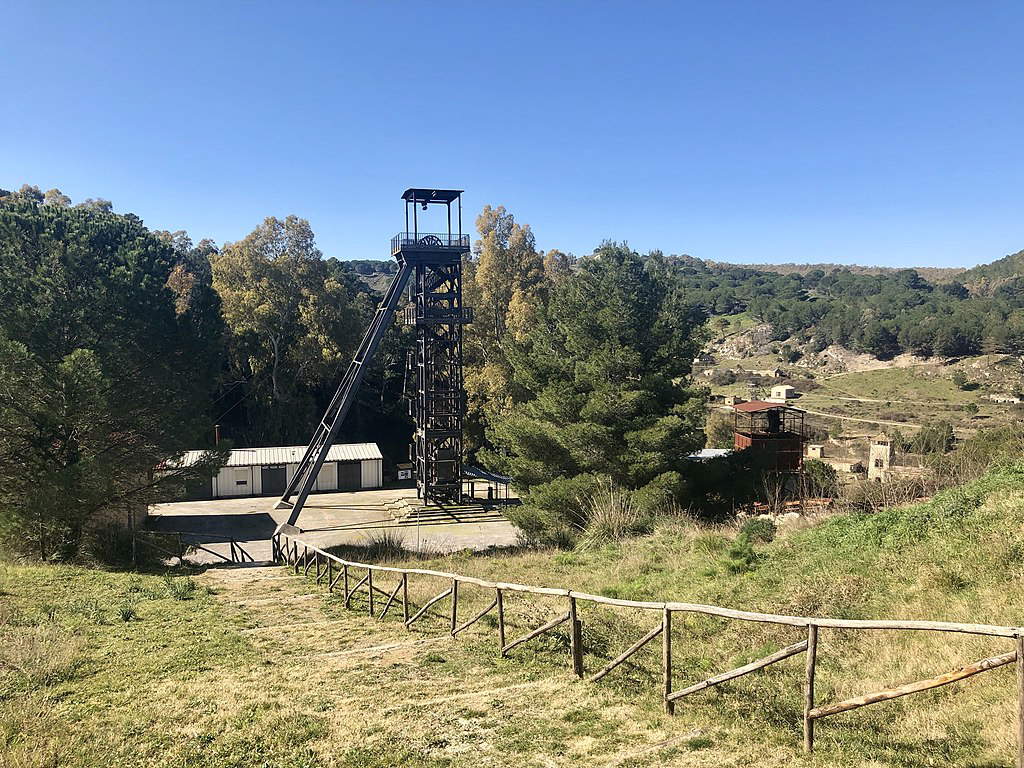Read the first part of the survey
In autonomous state institutes, parks, as well as museums, Cda, Committee and Board of Auditors are three collegial bodies with clearly distinct tasks. The absence of these indispensable governance bodies makes the Sicilian one a missed “reform.”
A BoD is provided, and still in place, only for the Valley of the Temples Park (where there is also an auditor). It is, as with the committee, a body with hybrid functions, at once technical-scientific and administrative management. For historical reasons that it is not possible to go into here, the parks law (20/2000) provided for a kind of primus inter pares, that of Agrigento, with a “status” that differentiates it considerably from all the rest of the other parks under Title II of the law, in terms of organization, tasks and even the length of office of its members (4 years as opposed to 3 for the Committees). We only recall, with Gianfranco Zanna, now president of Legambiente Sicilia, who had contributed to the drafting of Law 20, that "at the time, this Title II was nothing more than the hasty transposition of Article 107 of Regional Law 25/93, when what was a priority at the time was to shelter the Valley of the Temples from squatting.“ Moreover, he points out, ”the parks were still being made structurally dependent on the Superintendencies." Reason that would explain why the legislature does not seem to have been interested in defining the management bodies, in their structure and competencies, clearly identifying and differentiating them.
 |
| The Valley of the Temples in Agrigento, the Temple of Juno. Photo by Berthold Werner |
In light of all this, one can understand how even the intention of Councillor Sebastiano Tusa, interrupted by the tragic plane crash, to merge the Committee into a new Board of the Authority was still partial and not decisive. Just as it is clear that a general systematization of the matter can no longer be postponed. Beginning with the presence of mayors on the Committee on which we dwelt at length in the first part of the inquiry. While Councillor Samonà stresses the importance of the “direct involvement of the mayors on whose territory the parks insist,” which aims to make them “more and more an expression of the life of the territory,” one should wonder why in an institution of the Region has managerial power, not to mention the pronouncement on matters of protection, another territorial entity, the municipality, represented by the mayor himself. We have already said that this is not the case in the state.
The CGA (Council of Administrative Justice for the Sicilian Region), which is the highest body of administrative justice operating in autonomous Sicily with the functions of the Council of State, in an opinion on the subject of reducing the number of members of the Board of Directors of nature parks, noted that "since the environment falls under state jurisdiction, it is a fundamental principle of state legislation to have the representation of local authorities in the park community." A representation resolved in state archaeological parks, as mentioned, with the appointment of an expert from the municipality. Now, although the Sicilian ones are institutes of the regional department that has exclusive competence in cultural heritage matters, but taking into account that even the regional legislature in 2000 stressed the need for territorial communities to be represented within the parks, there is nothing to prevent the solution adopted in those of the state from being taken up in Sicily as well. For the first citizens, if anything, an external body could be envisaged, for example, a permanent Mayors’ Council (or Table), without decision-making powers. Of all mayors, not only those of the municipalities within the perimeter, but also those of the aggregate sites. No misunderstandings, separate roles and tasks. This would safeguard the overriding public interest, which is the protection and enhancement of archaeological, landscape and environmental assets, placed at the top of the article of Law 20 (Art. 1). An interest with which the primary interests of territorial communities should also coincide. Before, that is, economic or tourist interests. An external “Advisory Committee” is provided, for example, for the (autonomous) Museum of Capodimonte, for a special area, that of the protection and botany of the Museum’s Woods and Park.
The fact is that this regional law was designed in 2000 for parks quite different from the extra-large ones spawned by the Musumeci reform. Now, imagine this scenario: that the papers hitherto endorsed by one man, the commissioner, in the Catania Park will require the collegial opinion of 10 people, including six mayors. Will the “head man” dictate the line? Will the Etnean mayor prevail over the others? If management paralysis is not to be expected, at least huge slowdowns.
Unless one remembers that another regional law (Regional Law No. 9/2015) sets at a maximum of three the members of this type of bodies of regional bodies, with the exception again of the Valley of the Temples, for which five are provided. In this specific case, the legislature seems to have taken into account, in balancing the need for representativeness and the need to contain spending, the special character of the park compared to all other regional bodies, in order to ensure full consistency with respect to its institutional tasks.
 |
| The Roman Theater of Catania. Photo by Luca Aless |
The committees Samonà plans to set up, on the other hand, are stuck with the law of 2000 and not updated to the regulatory framework that has intervened in the meantime. It is worth trying to reconstruct it. In 2015, Sicily complied with a state law (Decree Law No. 78/2010) that reduced to 5 the members of the boards of directors and to 3 those of the board of auditors. Indeed, the Autonomous Region, for further containment of public spending, contracted to 3, instead of 5, the members of the cda (l.r. no. 9/2015, art. 39). In 2017, a further change intervened, however, only concerning the legal representative of the Boards (l. r. no. 16/2017). Quibbling discourse in turn, since it has already happened in union bargaining that unions have not recognized the parks director as their institutional interlocutor, with serious repercussions in the management of personnel affairs.
It seems useful, then, the regulatory exegesis proposed by the Cga in 2017 regarding representation in BoDs (to which we can equate the committees, because of the tasks that are also managerial), particularly where it emphasizes the legislature’s intention to “maintain certain representations already provided for by law.” If this observation was valid in the case submitted, which was that of IACP entities, Instituti autonomi case popolari (of the same tenor that for nature parks), it should be even more so in the case of very special autonomous entities such as archaeological parks.
A “special case,” we said, already recognized as such by the legislature. In that same 2015 law, in fact, in which the members of the BoDs of the entities subject to the control and supervision of the Region were reduced to 3, a different discipline for the composition of the BoD of the Park of the Valley was also recognized (art. 62 l.r. 9/2015), which can be explained not only by the nature of this entity (archaeological park). In fact, the modification of the Cda according to the law must take place through the Statute of the entity.For the Valley, which lacks it, as are all other parks, it can then only be done through an amendment of the law itself (20/2000) that fixed its composition. But let’s look in detail at what the composition of the Agrigento BoD is: five members, including an executive experienced “in governing collegiate bodies”; the superintendent; an expert in bbcc economics; an expert in the field of protection and enhancement, with clear reference to the Valley; and the mayor of Agrigento. Beyond the equivocal presence here, too, of the first citizen, the members are still set at the limit of 5, in line with state legislation to reduce the number of members (Law No. 122/2010 and Law No. 214/2011). Not the 13 that are going to take office in Himera or the 10 in Catania or the 9 in Syracuse.
There is, then, the issue of gender parity. In a note dated March 23, Secretary General Maria Mattarella (recalling a recently enacted regional law, No. 6/2021, which descends from Presidential Decree No. 251/2012) recalls the obligation in the renewal of BoDs of entities subject to the control and supervision of the Region of compliance with the principle of gender parity. Now, if we go and look at the names of the very BoD of the Valley of the Temples, the only one reconstituted in 2019 by President Musumeci as Acting Councillor, not only are the five members all men, but so are the three experts appointed in addition with an advisory vote only. So much for gender equality.
 |
| Neapolis Archaeological Park (Syracuse). Photo by Agostino Sella |
In conclusion, instead of continuing to apply, as done in the establishment phase, a contradictory law that stopped 21 years ago, before Councillor Samonà proceeds in the establishment of organs contrary to the Code and plethoric, which will weigh down a bureaucratic machine that is already in itself not agile, upstream a comprehensive regulatory revision would be needed. Specifically, amend Art. 23, the one on the composition of the Technical and Scientific Committee, in line with what was done in 2015 with Art. 8 (Cda of the Valley) and distinguish, as in state parks, the different tasks, leaving the technical-scientific one to the Committee, introducing a Cda for those of an administrative nature and an auditor.
In order to contain spending, it will be possible to limit the number of members of the Committee and Cda to three, as for all other entities, or to five, so as not to sacrifice some representations, as already recognized for the Valley of the Temples, in this case going to affect the extent of compensation. Law 20, in fact, unlike the free of charge appointments in the bodies of autonomous state parks and museums, provides for the Committee “reimbursement of travel expenses, mission allowance and an attendance fee.” But has it been calculated how much all these items multiplied by the army of members called to the committees will cost the regional coffers? And with what financial coverage? It is no coincidence that in July last year, reforming the Statute of the Floristella Grottacalda Mining Park, also hinged in the Department of BBCC, “the gratuitousness of the office of councilor” was introduced, following the state example. Protection under check, mayors as superintendents, hybridization of functions: could it not be, however, that this is the only real reason that has held back the councillor from setting up the committees almost three months after the announcement?
 |
| The Floristella Grottacalda Mining Park. Photo by Davide Mauro |
And precisely the Floristella Grottacalda Mining Park deserves a separate discussion. Established in 1991, it was organized somewhat like state archaeological parks, with a Committee, Board and Auditor. The Director was appointed by the Board “after an open competition.” Since July last year, however, this rational organization has become a “critical issue” that, already addressed in recent years by the usual shortcut of commissarial management, was eventually thought to be solved by abolishing the Committee, merged into the Cda, and reducing to three the members of the latter, among whom appears a representative of the mayors (not all four mayors of the municipalities in which the park falls). And, needless to say, the Superintendent, who used to participate in the work of the Board with an advisory vote, is now without voting rights.
In short, instead of adapting the other parks to this organizational model, it was the other way around; it was this park that had to be shaped on the confusing and contradictory model of all the others, where the exercise of technical discretion, that of administrative discretion, and the function of political direction come to be jumbled together.
Warning: the translation into English of the original Italian article was created using automatic tools. We undertake to review all articles, but we do not guarantee the total absence of inaccuracies in the translation due to the program. You can find the original by clicking on the ITA button. If you find any mistake,please contact us.